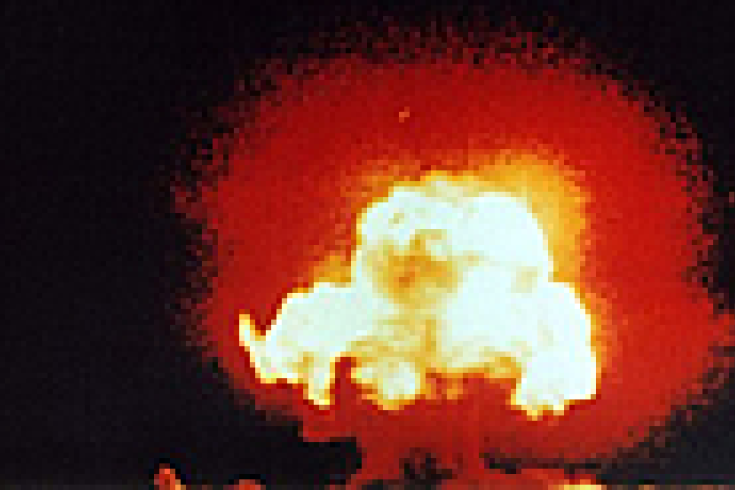Remembering Trinity, the world’s first nuclear test
Seventy-five years ago – on 16 July, 1945 – the world’s first nuclear explosion seared the desert of New Mexico.
The plutonium-based, implosion-type device left a crater more than 300 metres wide and prompted one of its creators, Robert Oppenheimer, to quote Hindu scripture: “Now I am become Death, the destroyer of worlds.”
The U.S. ‘Trinity’ test, carried out at the Alamogordo Test Range, opened the way to the atomic bombings of Hiroshima and Nagasaki less than a month later. It was the first of over 2,000 nuclear test explosions to be conducted globally over the following half-century. More than 60 locations worldwide have been used as test sites for nuclear explosions, often leaving a bleak legacy of ill-health and environmental damage for those directly affected – especially where tests failed to go as planned or the scale of their impact was not foreseen.
Vast amounts of radioactive contamination from nuclear testing have spread around the globe, altering the very nature of our environment. Traces of the radioactive isotope carbon-14 created by nuclear bomb tests can be used in carbon dating, and have been found in sea creatures in the very deepest part of the ocean.

One of the few colour photographs of the "Trinity" explosion.
Each nuclear test resulted in unrestrained release into the environment of substantial quantities of radioactive materials, which were widely dispersed in the atmosphere and deposited everywhere on the Earth’s surface.
It is high time to bring the Comprehensive Nuclear-Test-Ban Treaty into force. Let us take the last steps of this long journey and finish one of the longest sought international instruments in the area of non-proliferation and disarmament. We owe it to ourselves, and to future generations.
13 Jul 2020